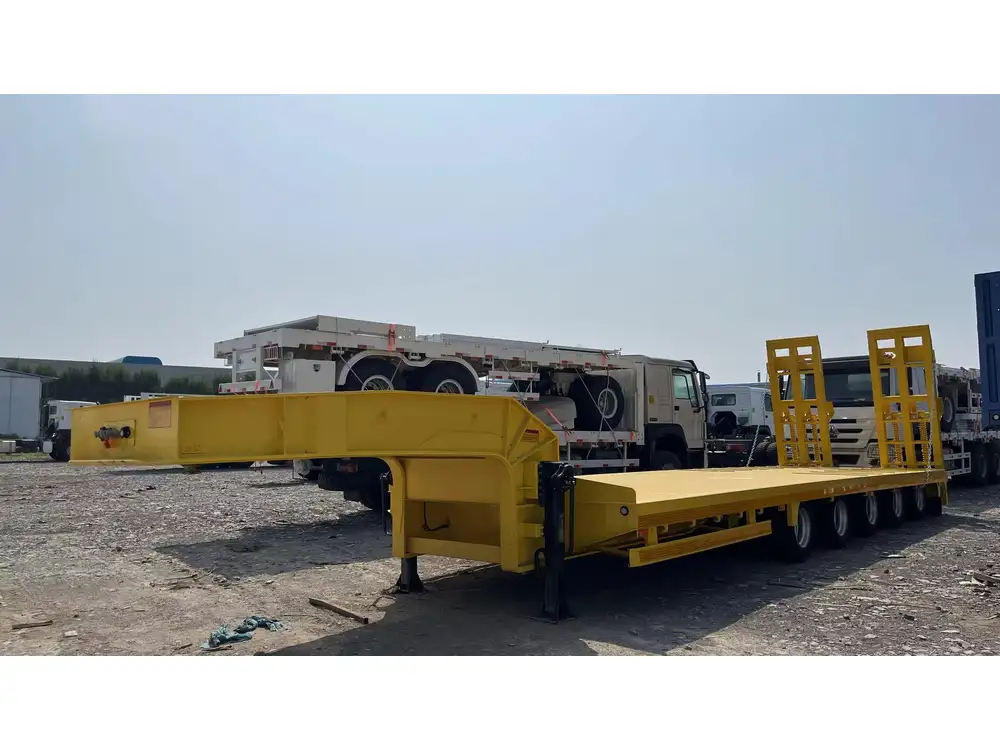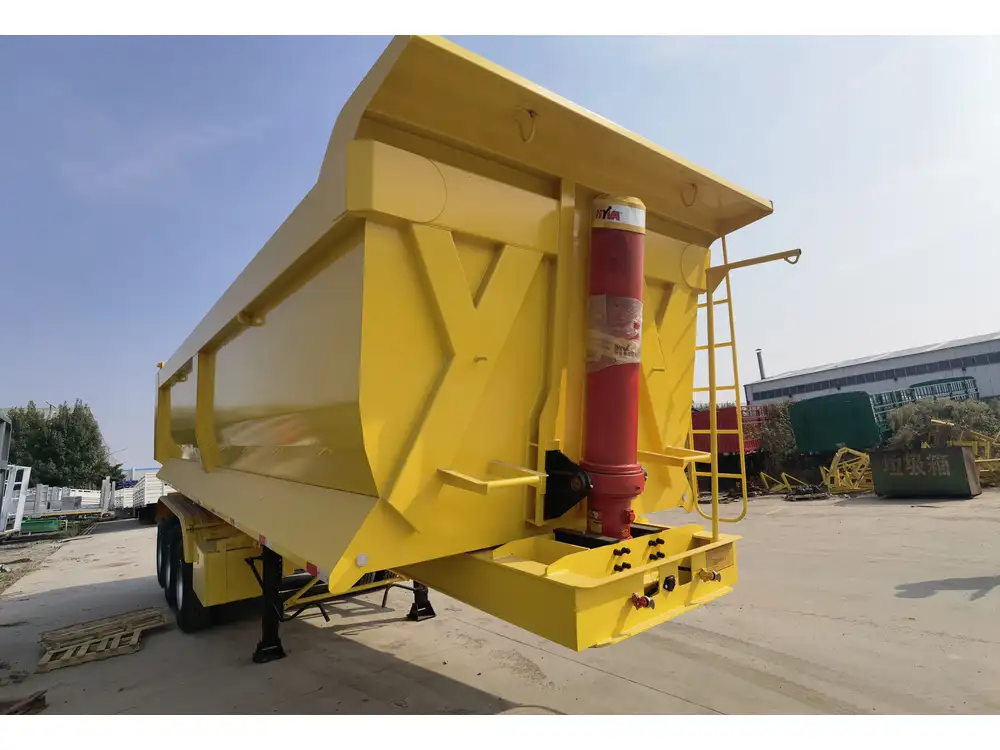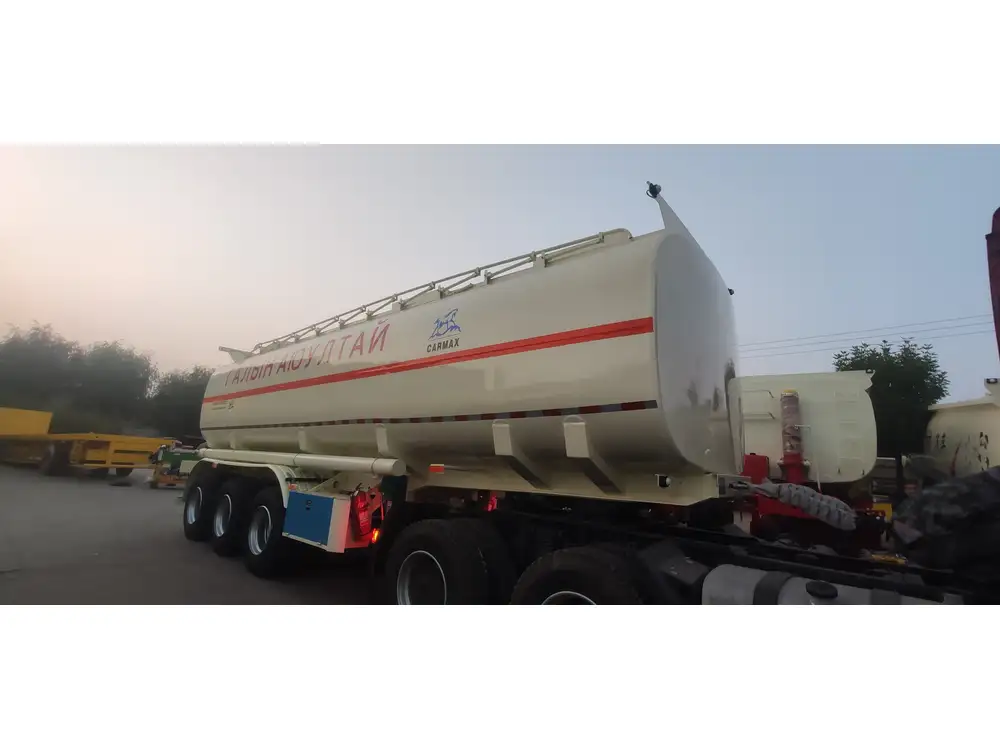Building a dump bed trailer may seem daunting at first, but with the right knowledge, materials, and tools, it can become a rewarding DIY project. Whether you are looking to fabricate a trailer for personal use or for commercial purposes, understanding the intricate details involved in the construction process is essential. This guide will walk you through the various components, considerations, and steps required to successfully build a dump bed trailer.
Understanding the Components of a Dump Bed Trailer
Before diving into the construction of a dump bed trailer, it’s imperative to understand its key components. Each part plays a vital role in the functionality and durability of the trailer.
Frame
The trailer frame is the backbone of your dump trailer, supporting the weight of the load and providing stability. Typically constructed from steel or aluminum, the frame needs to be robust enough to handle heavy loads. Common frame materials and their properties include:
| Material | Pros | Cons |
|---|---|---|
| Steel | Highly durable, cost-effective | Heavier, prone to rust |
| Aluminum | Lightweight, rust-resistant | More expensive, less sturdy |

Axles
Axles are crucial for the movement and load-bearing capacity of the trailer. The number of axles you choose will depend on the intended load capacity. Single axles are suitable for lighter payloads, while tandem axles provide greater stability and strength for heavier loads.
Dump Bed
The dump bed is the part of the trailer where materials are loaded. It must be constructed from heavy-duty materials (often steel or aluminum) to withstand wear and tear. Considerations for the dump bed include:
- Size: Length and width will dictate how much material you can carry.
- Shape: Flatbeds are common, but you might want a V-shaped or raised front for specific uses.
- Ramps: Depending on what you’ll be hauling, adjustable or removable ramps may be necessary for ease of loading/unloading.
Hydraulic System
A hydraulic system is vital for raising and lowering the dump bed. This system typically consists of a hydraulic cylinder, pump, and hydraulic fluid reservoir. Selecting the right hydraulic components can greatly affect the efficiency of your trailer’s operation.

Tires and Wheels
Choosing the correct tires and wheels is essential for stability and performance. Considerations include tire size, tread pattern, load rating, and whether to go with single or dual wheels based on your trailer’s intended use.
Step-by-Step Construction Process
Step 1: Planning and Design
Creating a detailed plan and design is critical to the success of your dump bed trailer. Your plan should include:
- Measurements: Decide the dimensions of your trailer, considering what loads it will carry.
- Blueprints: Sketch the layout of the trailer, incorporating all components specified above.
- Materials List: Compile a list of all necessary materials and tools required for construction.

Step 2: Material Acquisition
Once your plan is in place, source all required materials. Local hardware stores, specialized trailer parts suppliers, or online marketplaces may carry the materials you need. Ensure all steel and aluminum components are of sufficient grade for durability, and hydraulic parts meet load specifications.
Step 3: Frame Construction
The trailer frame should be the first structure to construct:
- Cut Material: Use a cutting torch or saw to cut your steel or aluminum to the designated lengths.
- Weld Frame: Assemble the frame using a welding machine to ensure robust connections. Make sure all corners are square to ensuring structural integrity.
- Paint or Coat: Once completed, use a rust-proof paint or coating to protect the frame from elements.
Step 4: Attach Axles
- Position Axles: Determine the appropriate position for your axles based on weight distribution.
- Secure Axles: Weld or bolt the axles to the frame, ensuring they are level and properly aligned.

Step 5: Build the Dump Bed
- Cut Panels: Cut panels for the sides and base of your dump bed to the dimensions specified in your design.
- Assemble Bed: Use welds or strong brackets to secure each corner and side of the bed, ensuring its robustness.
- Install Ramps: If applicable, fit the ramps to allow for easy loading.
Step 6: Hydraulic System Installation
To install the hydraulic system, you will need to:
- Mount the Hydraulic Cylinder: Position the cylinder at the front end of the trailer, where it will pivot to raise the dump bed.
- Connect the Hydraulic Pump: Securely fix the pump close to the hydraulic reservoir and run hoses to connect these parts to create a closed system.
- Test the System: Before you finalize, test the system to ensure it raises and lowers the dump bed correctly.
Step 7: Install Tires and Wheels
- Choose and Mount Tires: Select the right tires for your load capacity; mount them on the axles, ensuring they are evenly aligned.
- Check for Balance: Ensure all tires are balanced and secure before using the trailer.

Step 8: Final Inspection and Testing
Conduct a thorough inspection to confirm all components are secure and functional. Run tests with varying loads to verify the stability and performance of your trailer.
Maintenance Tips for Your Dump Bed Trailer
Maintaining your dump bed trailer is essential for longevity and performance. Key maintenance tasks include:
- Regular Inspections: Check for signs of wear or damage, especially on the hydraulic system and tires.
- Lubrication: Ensure that all moving parts, including hinges and the hydraulic cylinder, are well-lubricated.
- Rust Prevention: Regularly paint or coat steel parts to prevent rust, especially if exposed to salt or moisture.
- Tire Maintenance: Keep tires properly inflated and check for uneven wear patterns.
Troubleshooting Common Issues
Even with proper maintenance, you may encounter issues with your dump bed trailer. Here are some common problems and their resolutions:
| Issue | Symptoms | Solution |
|---|---|---|
| Hydraulic Failure | Bed won’t lift or lower properly | Check hydraulic fluid levels and look for leaks |
| Unstable Loading | Trailer sways or tips during transport | Ensure proper weight distribution; avoid overloading |
| Tire Blowouts | Sudden loss of control, loud bang | Regularly inspect tire pressure and wear patterns |

Conclusion
Building a dump bed trailer is not only a practical investment but also a fulfilling endeavor for anyone with a passion for fabrication, loading and transport. Each stage of construction lays the foundation for a durable and efficient trailer that can serve you for years to come. By following these detailed steps and maintaining your trailer effectively, you can ensure its functionality and longevity, making it a valuable asset in any hauling operation.
For those in need of high-quality semi-trailers, investing in a custom-built dump bed trailer is a decision that can pay off immensely. With the knowledge gained from this guide, we hope you feel equipped to embark on this construction project, resulting in a versatile and powerful tool for your needs.



